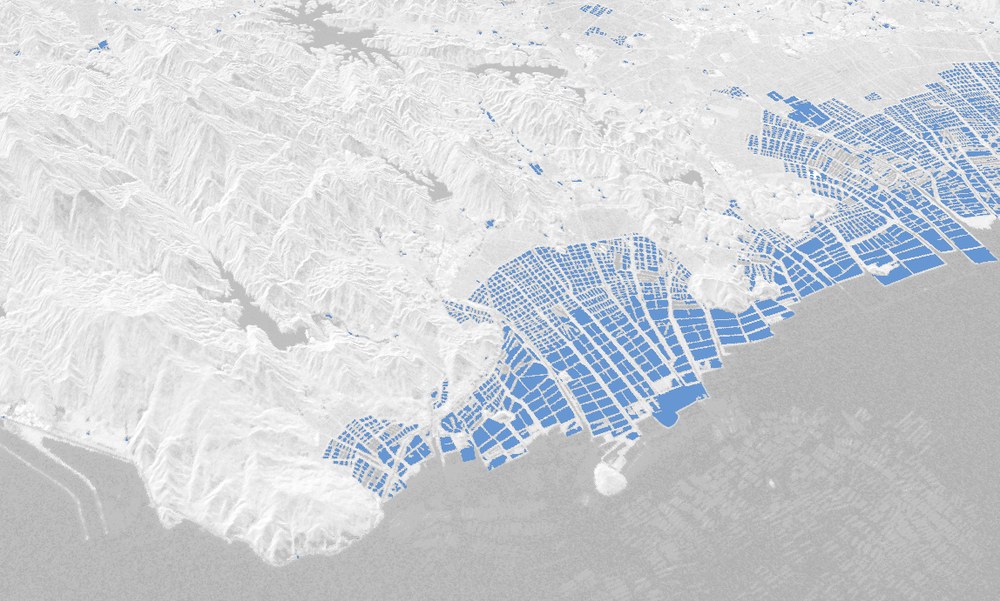Team: Coasts and River Basins
The team “Coasts and River Basins” identifies and analyses natural, as well as anthropogenic induced processes and impacts, within coastal zones and river basins by means of Earth Observation technologies. Image data from a variety of remote sensing sensors are interpreted by modern machine learning approaches and state of the art image analyses techniques, and converted to value-added geoinformation for environmental monitoring. An example of such a data product is the Global WaterPack, which provides global information on daily water availability.
Our methodical foci are:
- Time series and trend analyses
- Pixel- and object-based image analyses
- Machine Learning
- Integrative use of geo- und EO-data
- Synergies and complementarities between various sensors
- Development of web-based environmental information systems.
Derived information leads to new geoscientific findings, and forms the basis for tackling the most fundamental challenges in the context of global change. In coastal zones and river basins, these challenges are usually characterized by interventions in the water cycle as well as changes in its interactions with soils, vegetation, climate, and the anthroposphere. In addition to such feedbacks and teleconnections, local developments also have a major impact on natural water and land resources. Climate-induced extremes such as drought or flood events are likely to be exacerbated by climate change in many regions.
Socio-economic growth, increased energy, raw materials, food demands, and accompanied changes in land use exert increased pressure on available water and land resources. The extremely dynamic coastal areas are home to more than 40% of the world population and 75% of the world's mega-cities. Urbanization, industrialization, and the development of coastal economies, such as aquaculture or tourism, compete for space and resources with the result of significant ecological changes, continuing loss of coastal habitats, and an overall decline in many ecosystem services.
The main objective of our team is to identify and understand these kinds of natural and anthropogenic processes and their mutual interactions, by developing and testing application-oriented methods and processors in the field of Earth Observation. Furthermore, in the framework of interdisciplinary and cross-sectoral research projects, derived geoinformation products support the development of innovative and efficient concepts and solutions for the sustainable management of coastal zones and river basins.
From this complex structure of effects, research in the "Coasts and River Basins" team addresses the following main areas of application:
Processes and morphologies
- Coastal morphology
- Monitoring of lakes, reservoirs and rivers
- Structural changes of ecosystems
- Typology of coastal zones and river basins
Extreme events: Exposure / vulnerability and adaptation / resilience
- Sea level rise and land subsidence in coastal zones
- Flooding, storm surges and drought
- Saltwater intrusion
- Nature-based Solutions (NbS)
- Impacts of climate change
Management and planning
- Integrated catchment area and coastal zone management
- Upper course - lower course interactions
- Dynamics of wetlands and seasonal flooding
- Sustainable Development Goals – SDGs (Indicators)
Socio-economic change in coastal zones and river basins
- Land use change and productivity change
- Coastal economics: potentials and impacts
- Aquaculture
- Competing land use needs
- Raw materials
- Maritime infrastructure and wind energy




